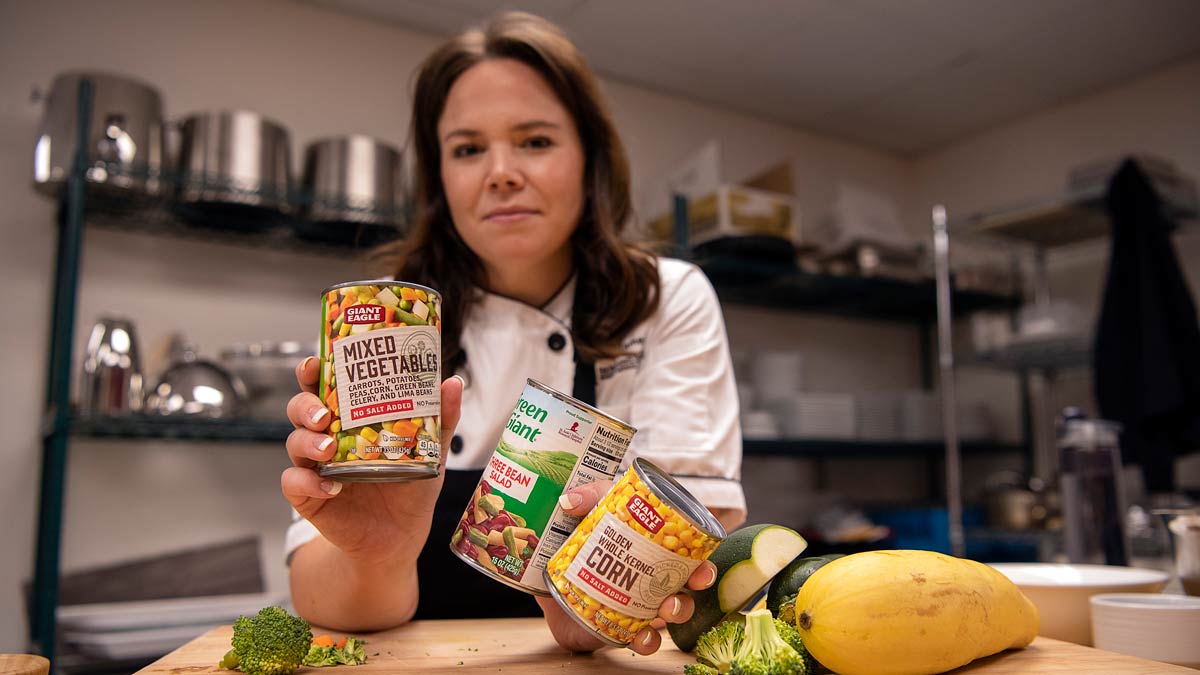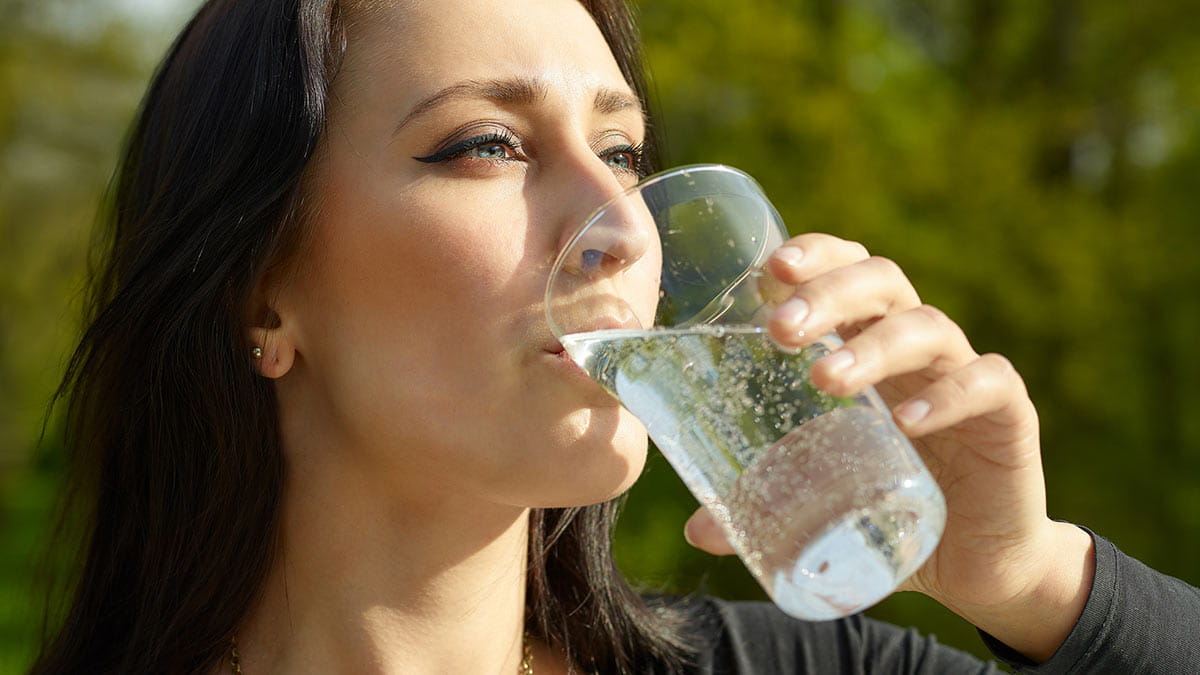How dangerous is salmonella?

Each year brings news of a salmonella outbreak and instructions to toss out our cantaloupes and chicken and avoid affected sprouts and ground beef. You know salmonella is nothing to mess with, but do you know what it is, or how you can avoid it?
From where it lives (spoiler alert: inside of you!) to whether it can kill you, here are answers to some of the most commonly asked questions about salmonella.
What is salmonella? Where does it come from and where is it found?
Salmonella are a type of bacteria that can cause salmonellosis. This is the infection by the bacteria that most people are familiar with that causes diarrhea, fever and stomach cramps. Salmonella bacteria are in our intestines and the intestines of many animals.
How can you get a salmonella infection?
Humans get salmonella infections usually by eating food that has live bacteria on it—undercooked chicken for example—or by drinking contaminated water. We can also get it by touching animals that are infected with the bacteria or coming in contact with their feces or where they live. If we get it on our hands and then touch our mouths, the bacteria can get in our bodies. This is why washing our hands after touching livestock and before eating is important.
What foods can give you salmonella?
Humans can get salmonella infections from a number of foods, including chicken, pork and eggs. It can also come from contaminated foods that we might not suspect because they can look and smell just fine: fruits, vegetables, nut butters and frozen foods such as pot pies and chicken nuggets. Some types of sprouts, like alfalfa, are also a higher risk food because washing them doesn’t always remove the bacteria. Washing foods thoroughly and cooking foods to a safe temperature is important for these reasons.
What are the symptoms of salmonella infection?
Fever, stomach cramps and diarrhea that can be bloody are typical. Nausea, vomiting and headaches can also occur. Symptoms usually start within several hours but can take a few days to appear.
How is it diagnosed?
A health care practitioner can test a person’s stool or other body fluid for the bacteria.
How long does it last?
It usually lasts about a week. Four to seven days is typical.
Can it be cured? What is the treatment?
Most people recover just fine and don’t need antibiotics. High-risk groups such as the elderly or immunocompromised may need more treatment than the usual rest and fluids. If you have really severe diarrhea or can’t stop throwing up, you should contact your health care practitioner since you may become dehydrated or the bacteria can pass from the intestines into the bloodstream. Once it passes into the bloodstream, the infection is very serious.
Can salmonella kill you?
It can, but it’s rare. There are over a million cases of salmonellosis in the United States each year that result in roughly 400 deaths. The CDC estimates there are 15.2 cases per 100,000 people in the United States.
Is salmonella contagious?
Yes. It can be passed on through body fluids. It’s not airborne like COVID-19, but usually spreads through stool or direct contact with live poultry and other animals. Cross contamination is also a major consideration. When cutting meat on a cutting board, make sure to thoroughly wash that board along with your hands and knives and any surface areas with hot soapy water to avoid the spread of the bacteria.
Who is at the greatest risk for complications from salmonella?
People who have a compromised immune system for any reason are at highest risk.
How can you prevent salmonella infection?
It should be no big surprise that washing hands is one of the best ways to avoid getting a salmonella infection. Cooking foods to a safe internal temperature, usually 165 degrees, and proper food safety are both important. At picnics or cookouts, keep hot food hot and cold food cold. If you’re touching animals such as livestock or pets such as birds, reptiles and amphibians, be sure to wash or at least sanitize your hands immediately after doing so.
For more information on salmonella and other foodborne illnesses, visit the CDC website.
Liz Weinandy is a registered dietitian at The Ohio State University Wexner Medical Center.




